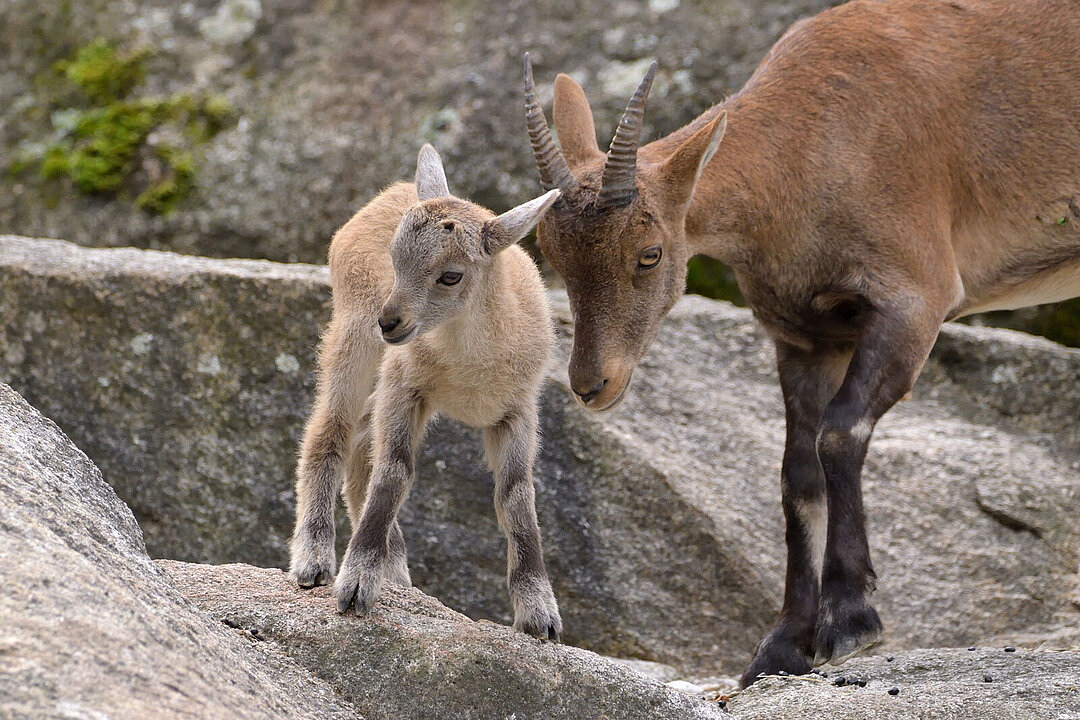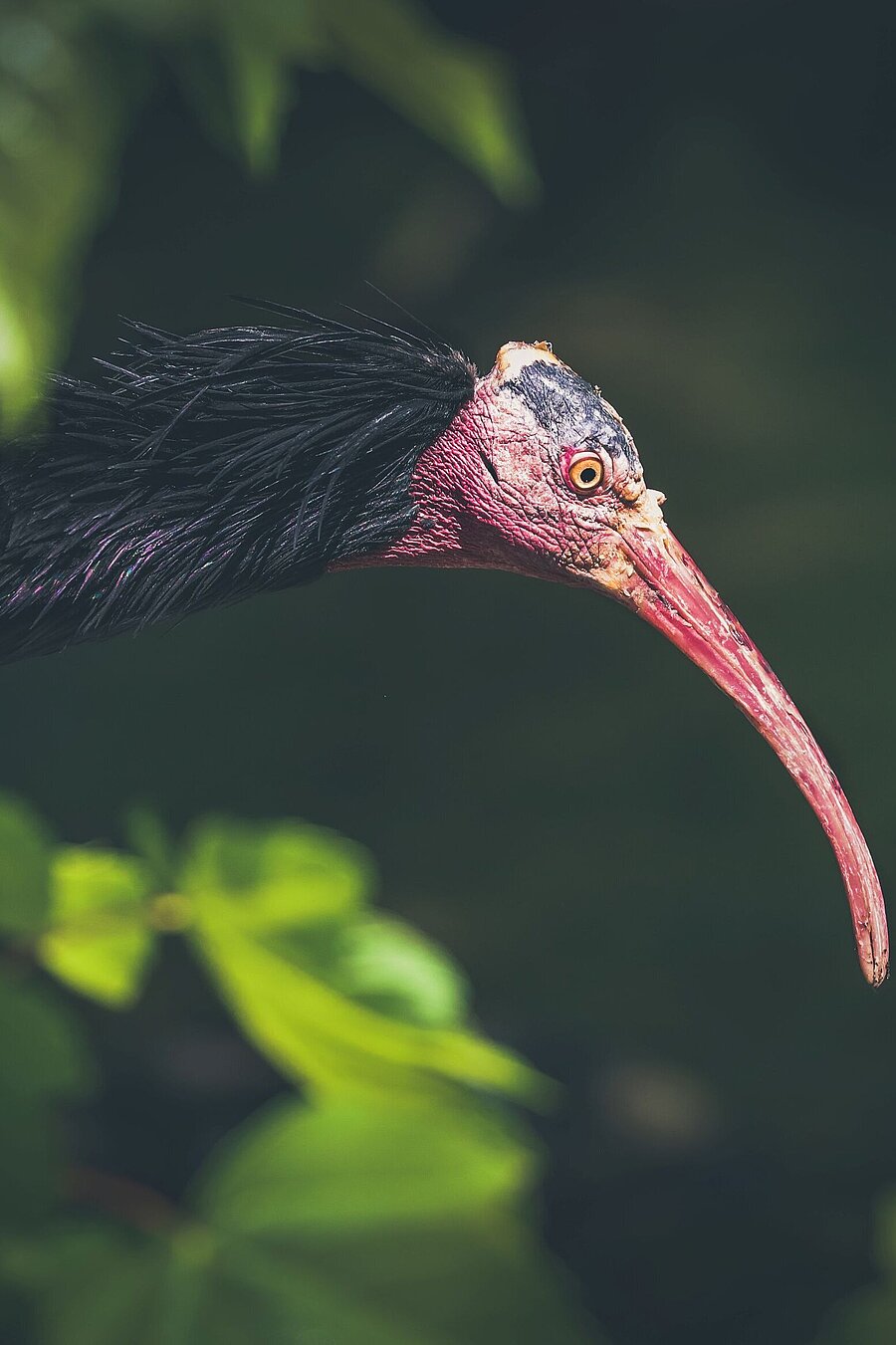Reintroduction
From ark to nature

From ark to nature
Zoos have saved a number of species from extinction that would otherwise have disappeared after being completely wiped out in the wild. Thanks to the care and breeding zoos provide they have become a modern "ark". Conservation breeding programmes enable animals born in zoos to be reintroduced into suitable habitats in the wild, with their protection ensured. Examples of successful reintroduction projects include the recovery of extinct in the wild species such as the European bison and the Przewalski's horse from Central Asia.

Reintroduction is also an important conservation measure for species with very small populations or for those only occurring in a few places. Releasing animals from human care into the wild offers an opportunity to strengthen and genetically refresh the existing population and resettle animals in their original home range. This measure was implemented for the alpine ibex and the lynx.

Hellabrunn Zoo released animals from the following species for reintroduction projects:
Offspring from the following resident species will also be released for future projects: little owl, Ural owls, marmots and moor ducks.
Animals from other conservation breeding projects were also returned to their natural habitats, thanks to the coordinated commitment of zoological institutions, among them Hellabrunn Zoo. These species include the European bison, Persian fallow deer, Père David's deer, Cuvier's gazelle, Dorcas gazelle, kulan and red ruffed lemur.